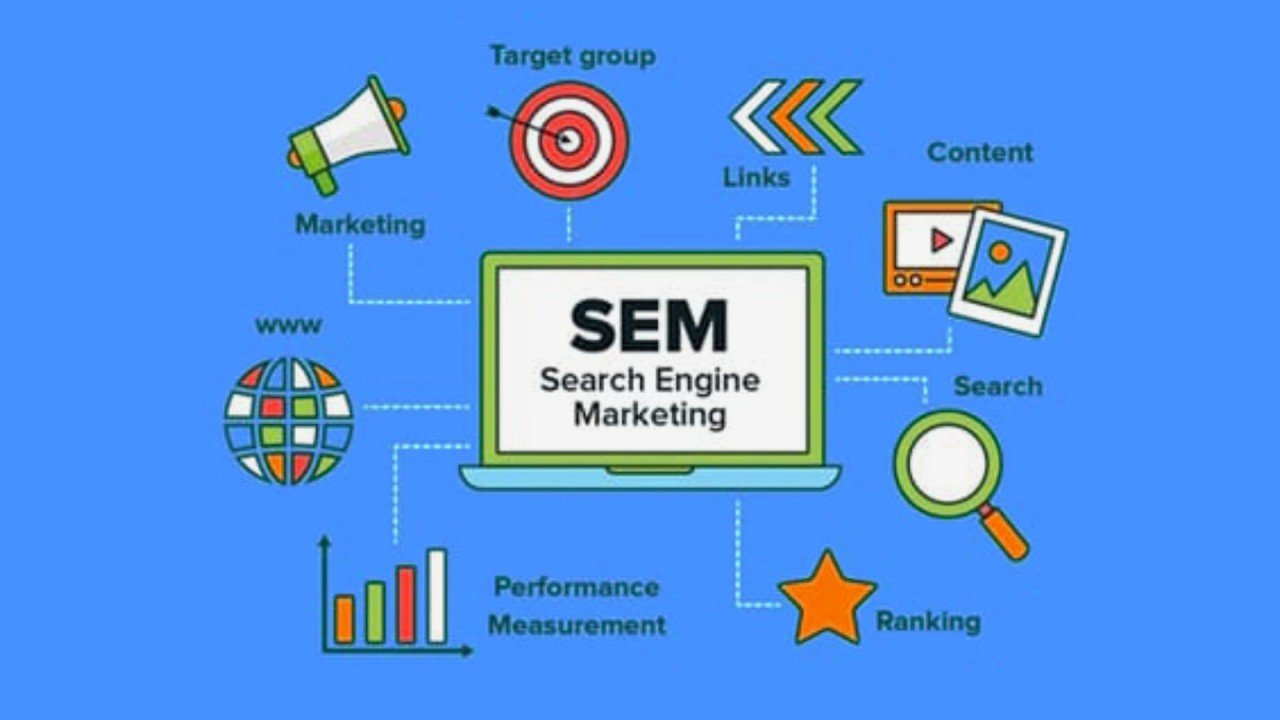
Search Engine Marketing (SEM) is a powerful strategy used by businesses to increase their visibility on search engine results pages (SERPs). By leveraging paid advertising and optimization techniques, SEM helps companies reach their target audience effectively. In this article, we will explore how SEM works, its key components, benefits, and best practices.
Search Engine Marketing (SEM) is a digital marketing strategy that involves promoting websites by increasing their visibility in search engine results pages (SERPs) through paid advertising. SEM encompasses various tactics and techniques, primarily focusing on pay-per-click (PPC) advertising and search engine optimization (SEO). While SEO aims to improve organic rankings, SEM provides immediate visibility through paid ads.
The SEM process involves several key steps:
Keyword research is the foundation of SEM. It involves identifying the search terms and phrases that potential customers use when searching for products or services related to your business. Effective keyword research helps you choose the right keywords to target in your campaigns.
Steps for Keyword Research:
Once you have your keywords, the next step is to create a SEM campaign. This involves setting up your ad groups, writing compelling ad copy, and choosing your targeting options.
Components of a SEM Campaign:
SEM operates on a bidding system, where advertisers compete for ad placements based on the keywords they target. The cost per click (CPC) is determined by the bid amount and the quality score of your ads.
Key Concepts:
Once your campaign is live, your ads will be displayed on SERPs based on your chosen keywords and targeting options. Ads can appear at the top, bottom, or side of the search results.
Types of Ads:
Monitoring and optimizing your SEM campaign is crucial for maximizing performance and ROI. This involves analyzing key metrics, making data-driven decisions, and continuously improving your campaign.
Metrics to Monitor:
Optimization Techniques:
SEM offers several advantages for businesses looking to enhance their online presence:
Unlike SEO, which can take months to show results, SEM provides immediate visibility in search engine results. Once your campaign is live, your ads can start driving traffic and generating leads right away.
SEM allows for precise targeting based on keywords, location, demographics, and interests. This ensures that your ads reach the right audience, increasing the likelihood of conversions.
With SEM, you have full control over your advertising budget. You can set daily and monthly budgets, monitor spending, and adjust bids to optimize your campaign’s performance.
SEM provides detailed performance metrics that allow you to track the effectiveness of your campaigns. This data helps you make informed decisions and optimize your strategy for better results.
SEM campaigns can be quickly adjusted to respond to market changes, seasonal trends, or new business goals. This flexibility allows you to stay competitive and adapt to evolving customer needs.
To achieve the best results from your SEM campaigns, consider the following best practices:
Invest time in researching and selecting the right keywords for your campaigns. Focus on a mix of high-volume, competitive keywords and long-tail keywords that are more specific and less competitive.
Craft ad copy that is clear, relevant, and persuasive. Highlight unique selling points, include strong calls-to-action, and ensure that your ad copy aligns with your landing pages.
Ensure that your landing pages are optimized for conversions. Use clear headlines, engaging content, and strong calls-to-action. Make sure your landing pages are mobile-friendly and load quickly.
Regularly review your campaign performance metrics and make data-driven decisions. Identify areas for improvement and adjust your strategies accordingly to enhance your campaign’s effectiveness.
Keep up with the latest trends and updates in the SEM industry. Search engine algorithms and advertising platforms are constantly evolving, so staying informed will help you adapt and maintain a competitive edge.
Search Engine Marketing is a dynamic and essential component of digital marketing that can significantly enhance your online visibility and drive targeted traffic to your website. By understanding how SEM works, implementing best practices, and continuously optimizing your campaigns, you can achieve your marketing goals and grow your business effectively.
For more information on SEM and digital marketing strategies, visit Providence Digital. Our team of experts can help you develop and execute successful SEM campaigns tailored to your business needs.